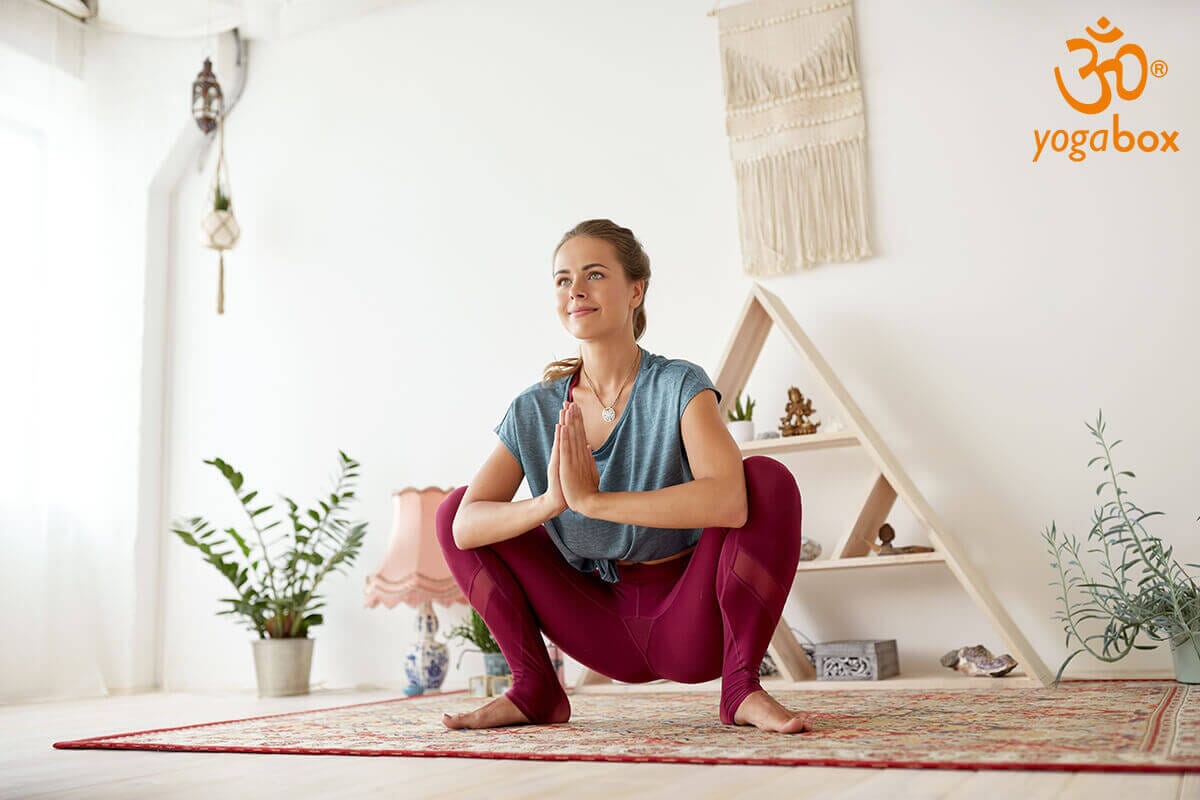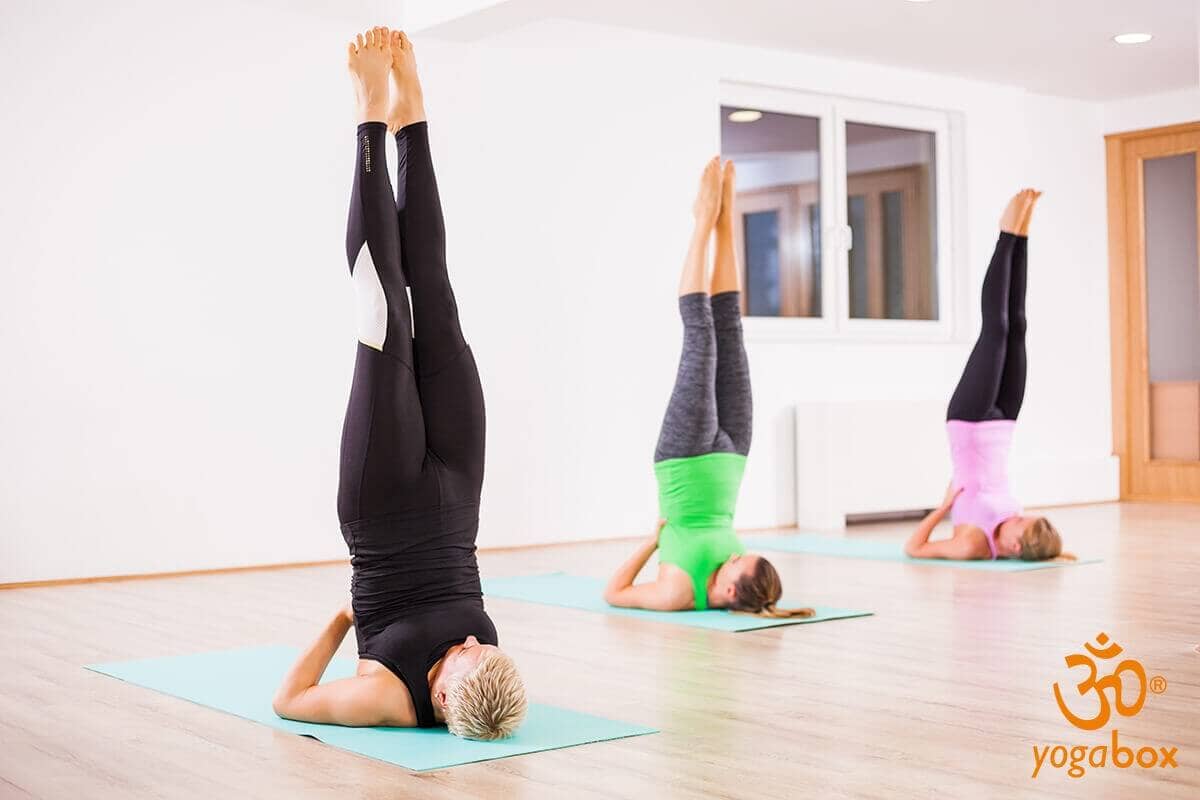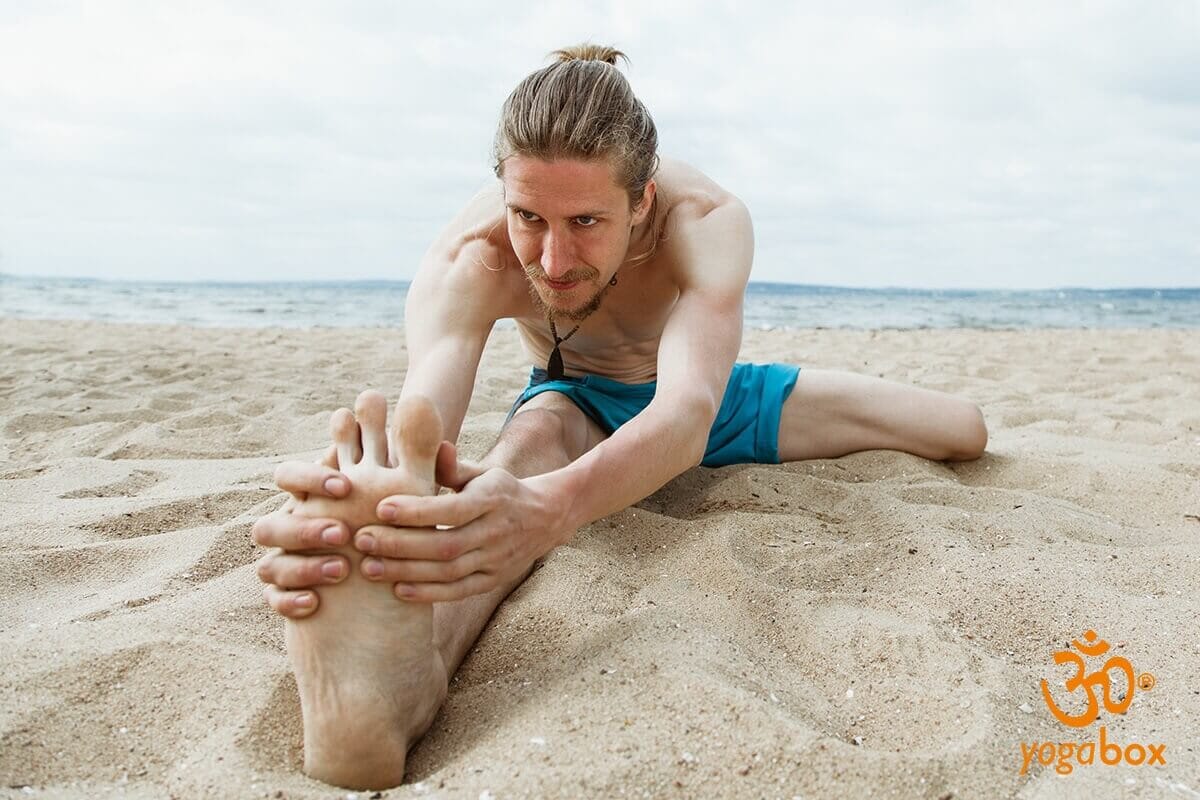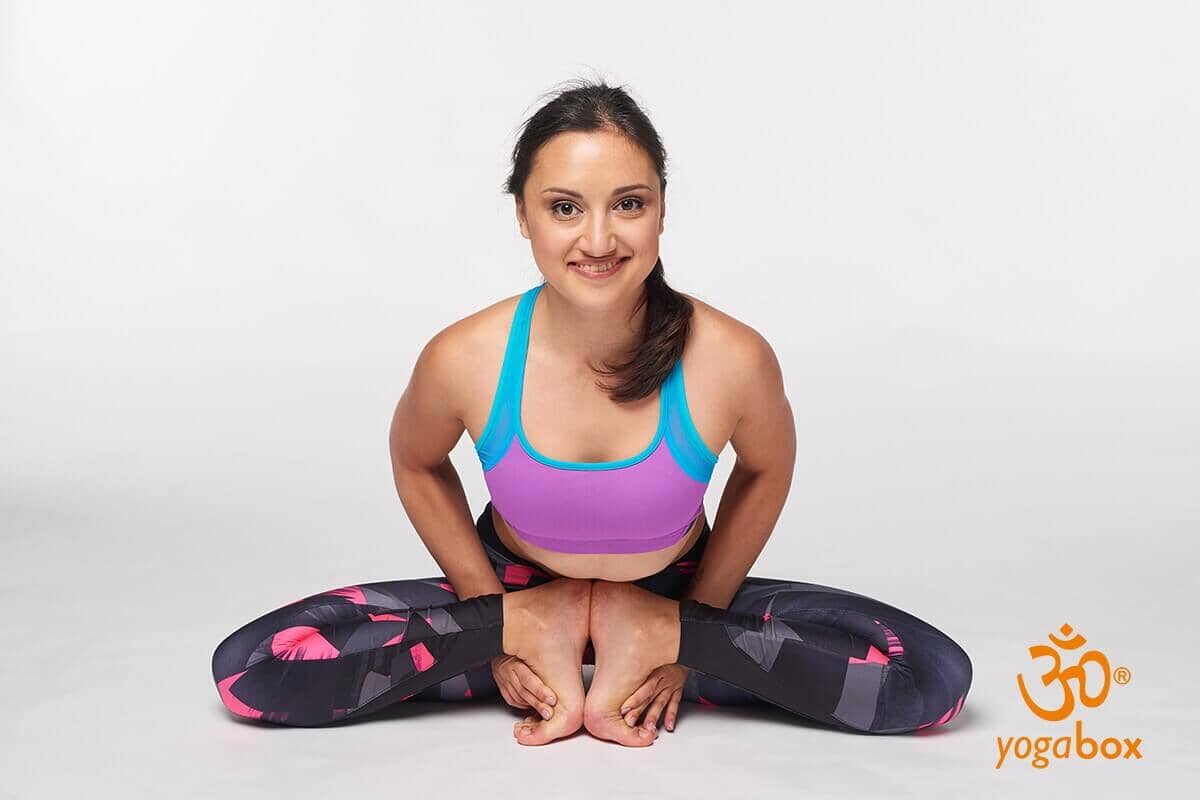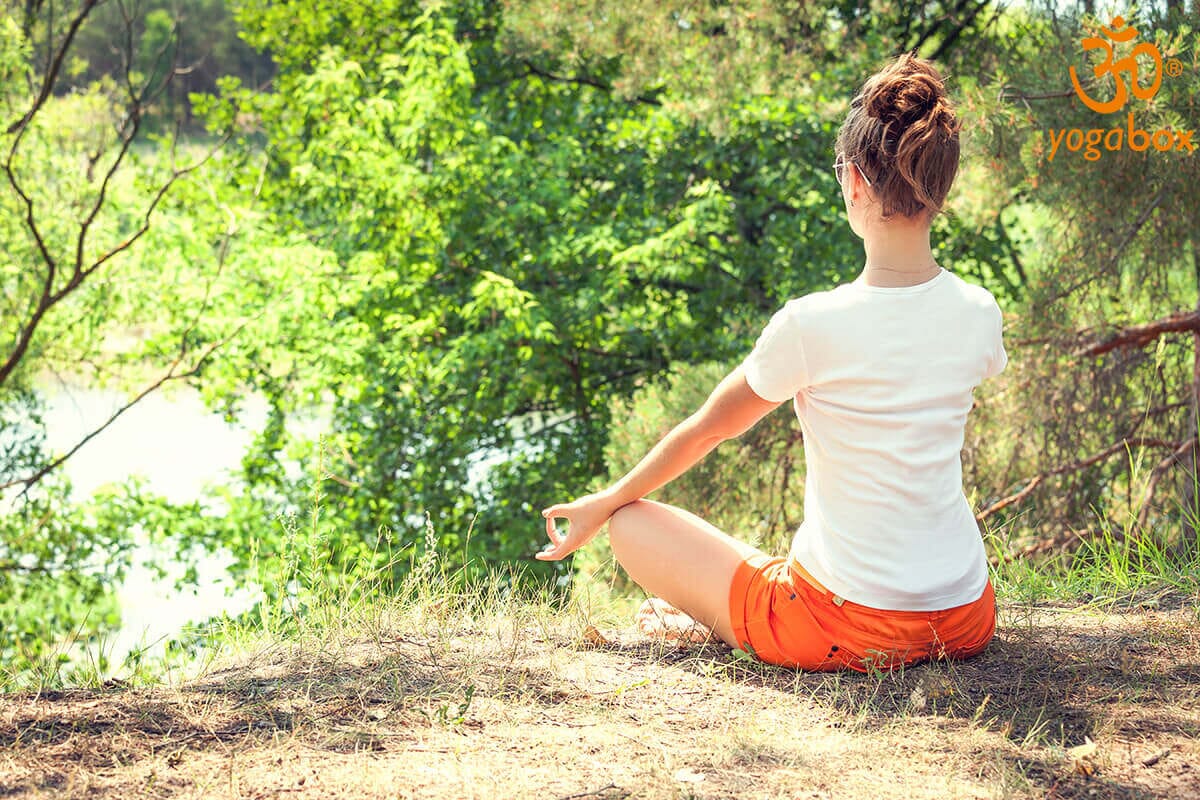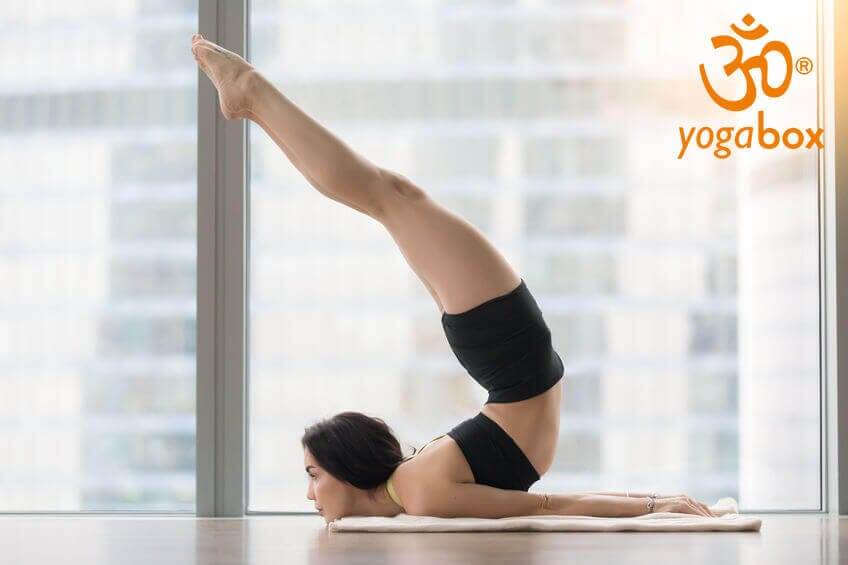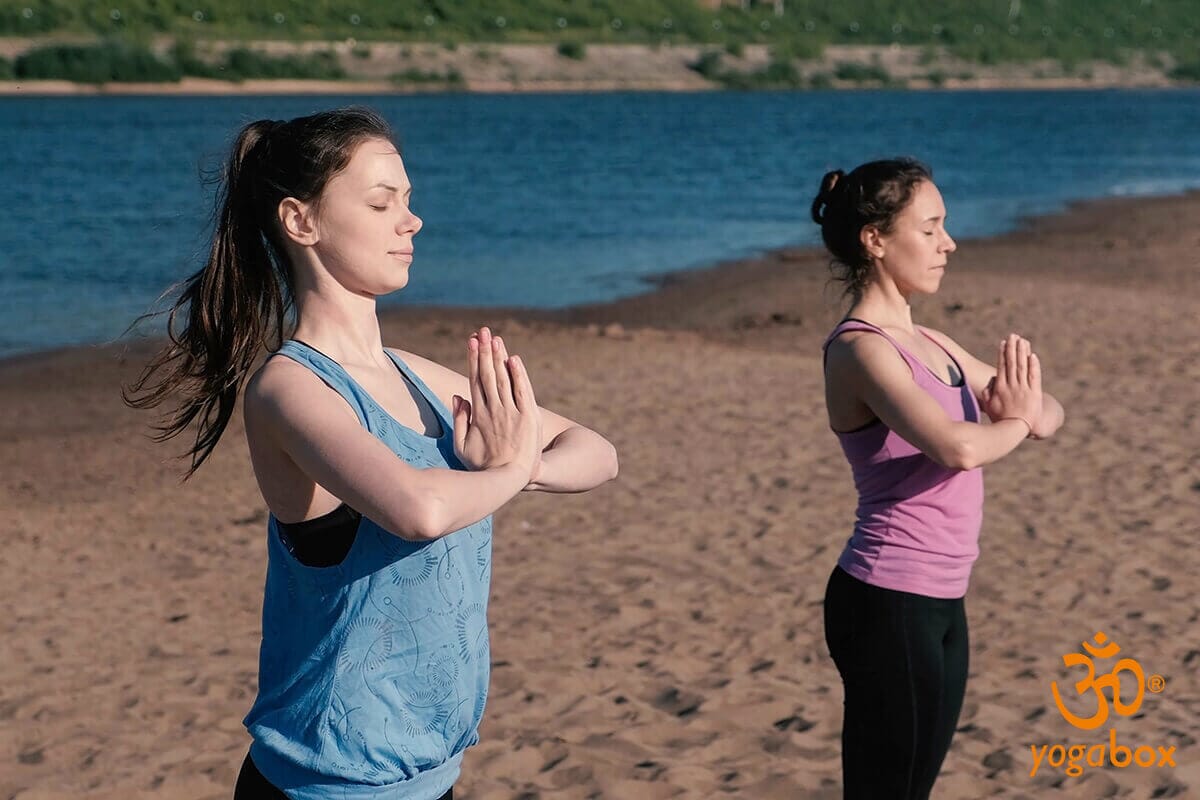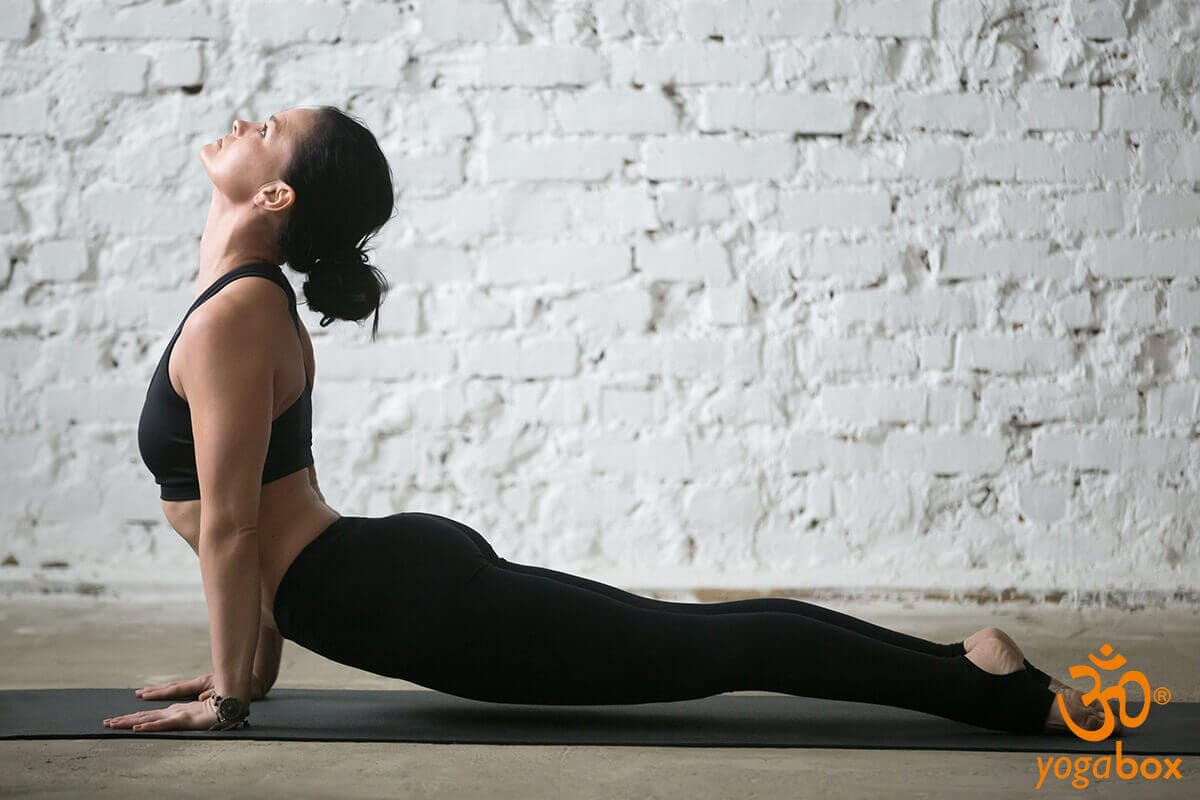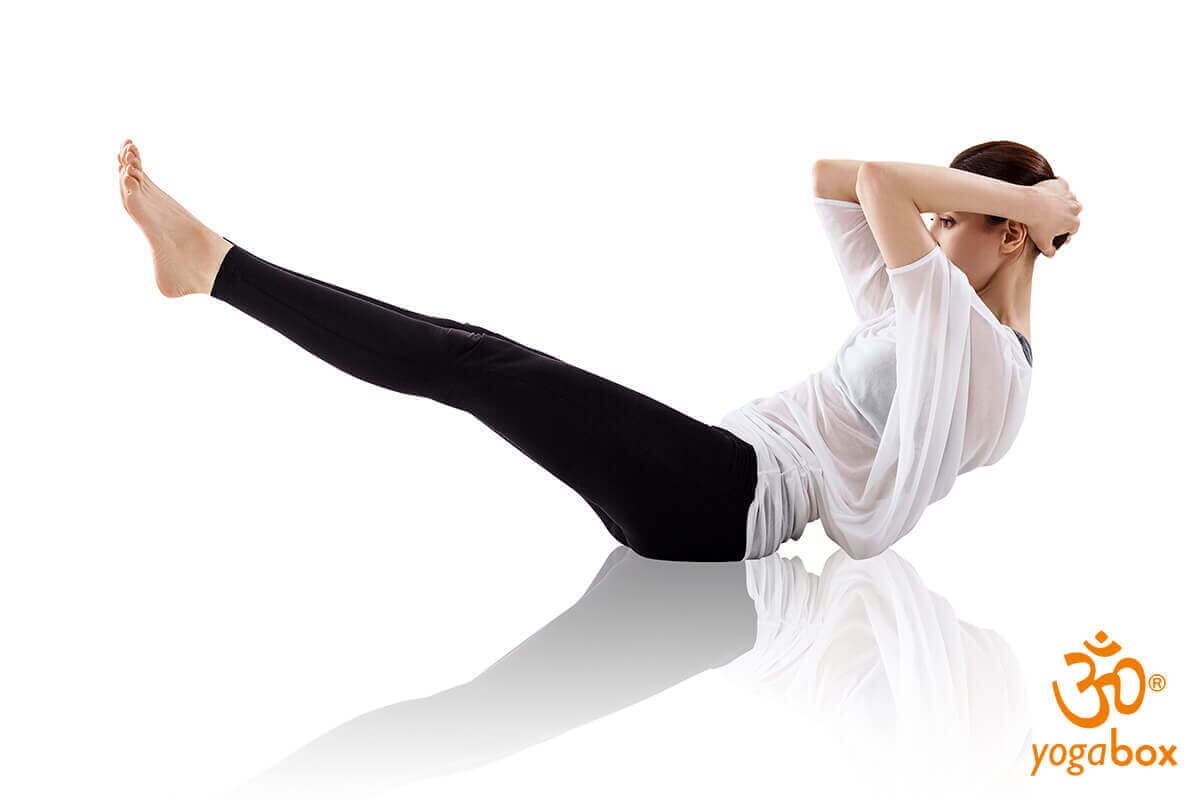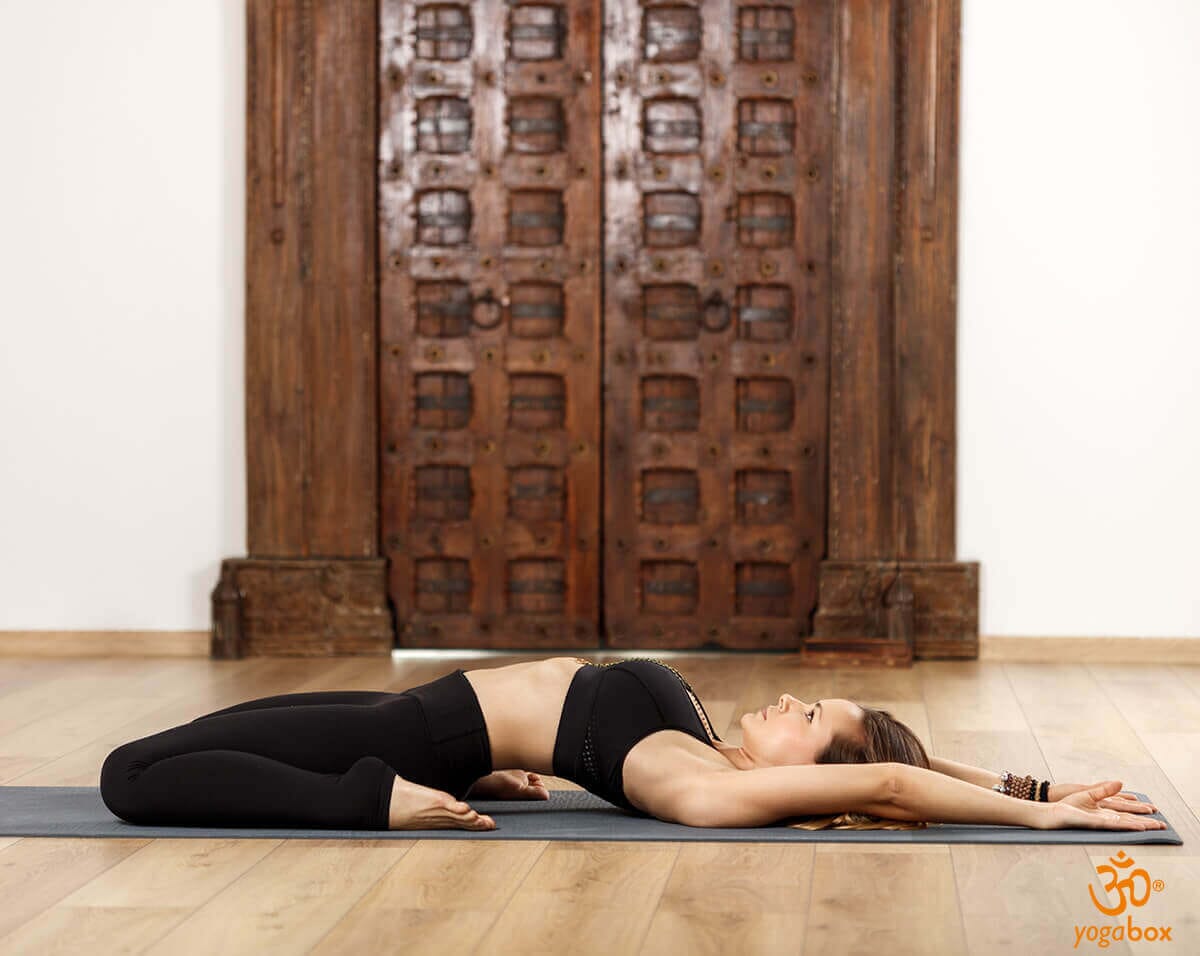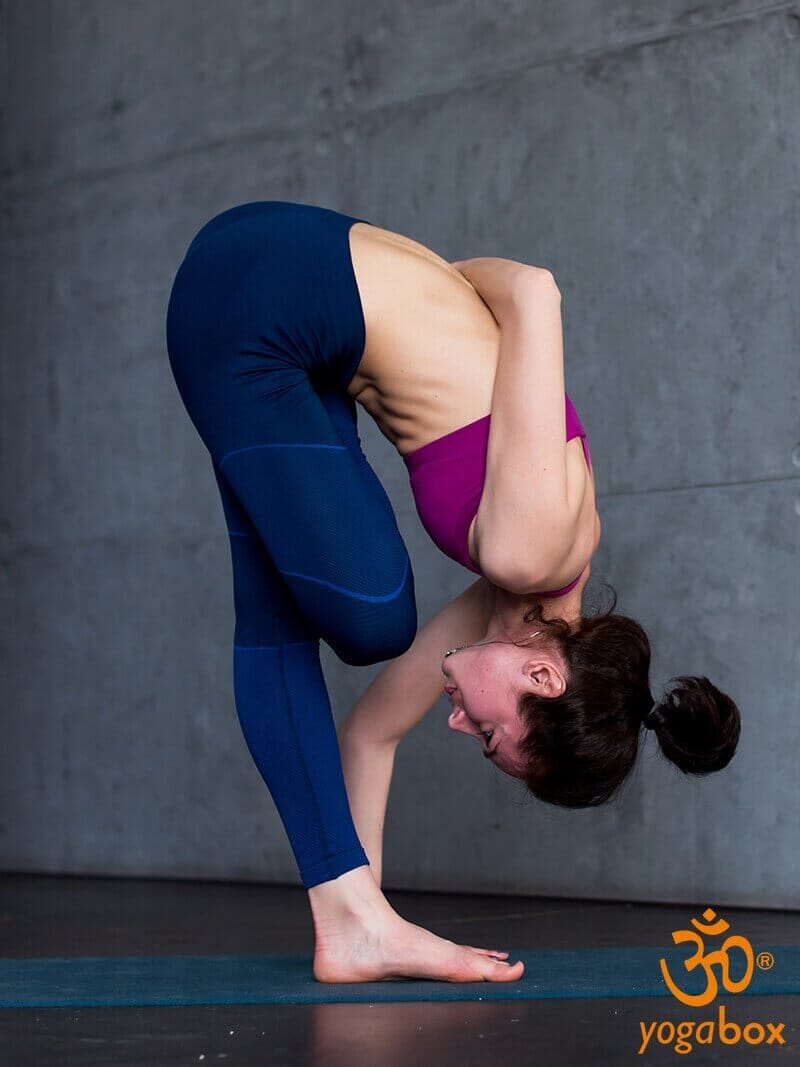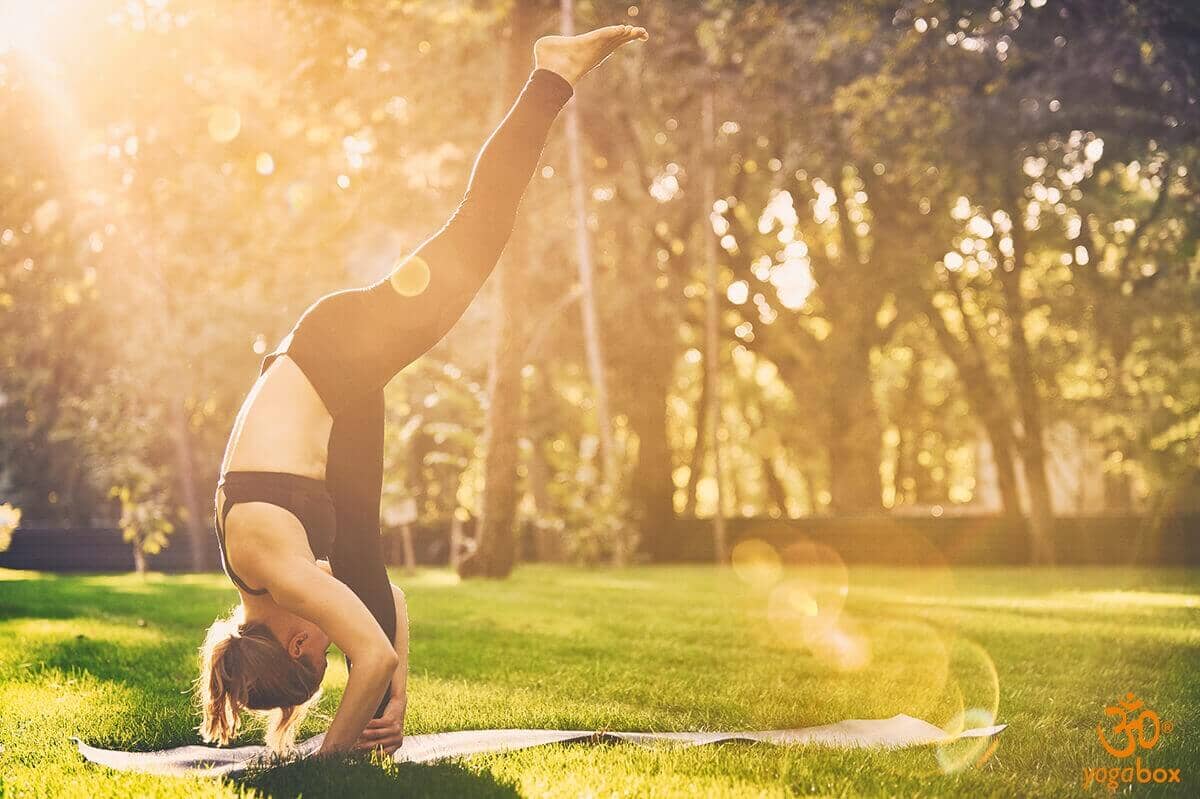Mahamudra - the great seal Mahamudra is an advanced Hatha Yoga practice . Mudra means "seal" in Sanskrit. Mahamudra means "great seal." These are powerful hand gestures that are said to have various health-promoting effects. Furthermore, the finger positions are said to positively influence body energy and mood. Below, you'll learn exactly what Mahamudra is, how it's performed, what benefits it can bring, and what to keep in mind. What is Mahamudra? Maha means great, and mudra means "energy-awakening posture." Mahamudra is used in many Tibetan Buddhist schools. The method serves to truly understand our minds and thus experience inner enlightenment. The main goal is to give meaning to our lives. The advanced yoga practice of Mahamudra trains three major bandhas (body locks): Mula , Uddiyana , and Jalandhara Bandha . Thus, all the benefits of the three different bandhas are combined in this posture. The exercise is performed on the floor and uses the Janu Sirsasana pose . The spine is extended in all directions: forward, upward, sideways, twisted, backward, and inverted. This supports the optimal flow of life energy, also known as prana. Everyone has more or less prana. Generally, people say, "Today I have a lot of energy" or "Today I have no energy." How does Mahamudra work?
Stretch your right leg forward and bend your left knee. Place your heel between your genitals and anus. Grab your front foot with your hands and grab your right toes. Keeping your spine as straight as possible, bend forward. Inhale deeply and hold your breath. Rest your chin on your chest. Then exhale. Repeat this. While holding your breath, bring the tip of your tongue back to your throat. With your eyes closed, look to the point between your eyebrows. To come out of the pose, release all locks and rise again while inhaling. Then switch sides: Stretch your left leg forward, bend your right knee, and place your right heel between your genitals and anus again. Continue as you did on the other side. The more you hold your breath, the stronger the energy becomes. What can you achieve through Mahamudra? Mahamudra effectively stimulates the Muladhara Chakra . This is our root, which strengthens us when we lose our footing. It grounds us. When you bend your body forward, the energy in the energy centers is activated. The tongue position directs the energy to the point between your eyebrows. The chin lock ensures that the energy does not flow outwards. Because it calms the mind, it is an optimal practice before meditation. With this posture, you can strengthen the shoulders and lumbar muscles and energize the entire body. Mahamudra is also said to be able to alleviate or cure various health problems, such as coughs, hemorrhoids, an enlarged spleen, digestive problems, gastritis, irritable bowel syndrome, abdominal and pelvic diseases, diabetes, menstrual pain, skin rashes, and fever. To fully experience the positive effects, you should repeat the exercise regularly. Summary
Mahamudra is considered one of the best yoga practices in yogic texts because it incorporates all three bandhas. This can positively influence both physical and mental well-being. This advanced practice can have many physical benefits (particularly with regard to various abdominal ailments), balance the mind, and free it from negative thoughts. The body and mind can generally achieve good health. Those suffering from high blood pressure and heart problems should avoid this practice, as it can cause respiratory arrest. Image © yuryrumovsky / 123rf.com

